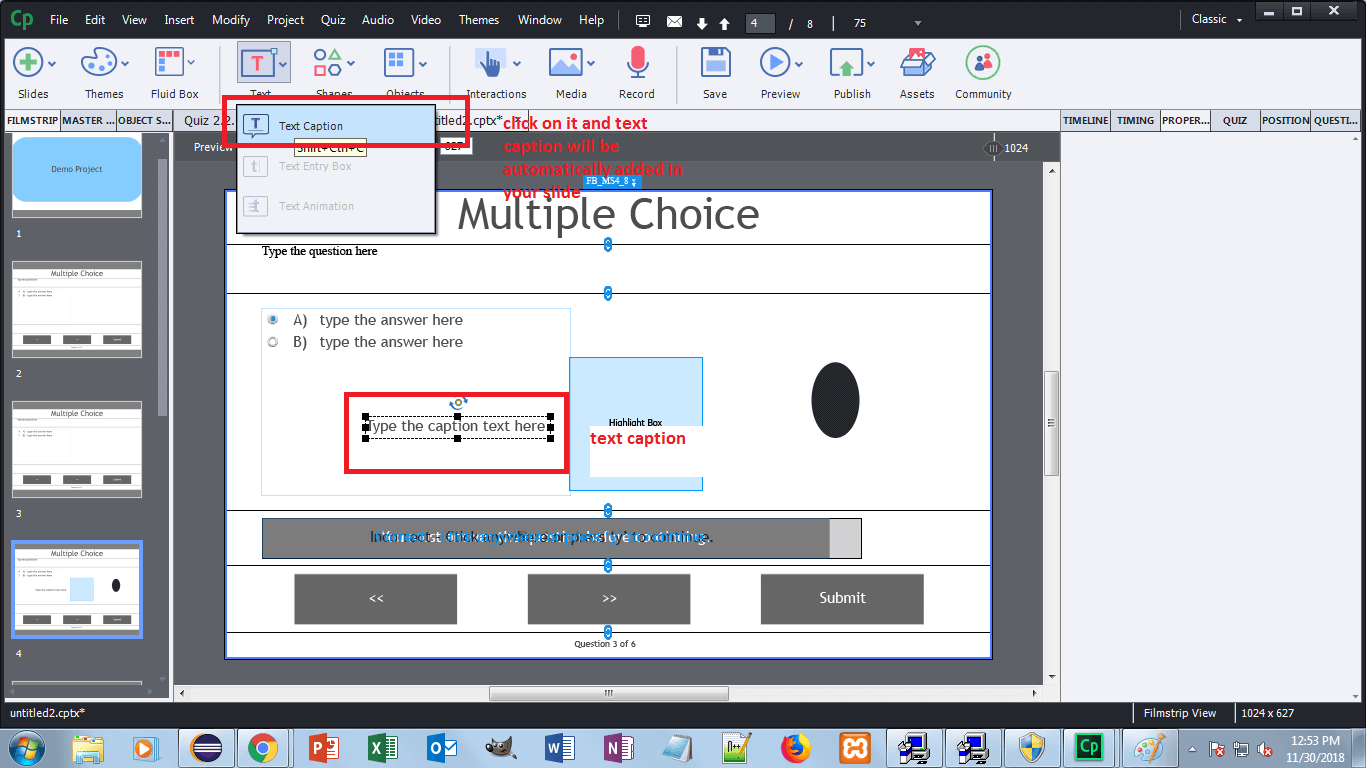


We have provided several videos below that will assist you in your efforts to learn Captivate.

Create screen captures which intuitively optimize screen activity for mobile device views.Design for all devices allowing learners to always have a great experience.Create responsive eLearning content without programming.Develop highly engaging interactive eLearning content.
How to use adobe captivate 9 update#
Update – read this post to see how the google map widgets were created and download the file to be used with Adobe Captivate 4.Adobe Captivate is an authoring tool used to create highly engaging, interactive eLearning content, such as software demonstrations, software simulations, branched scenarios, and randomized quizzes. And use the endless capabilities of Google Maps service. Keep an eye here for the future post to understand how widget feature of Adobe Captivate 4 gives a better solution than this. You have a fully functional map showing the location you provided. Note – This is action script 3.0 swf so you can use it in Latest version of Adobe Captivate that is 4. It is not immediately obvious just how you might achieve this, so I put together a quick demo that should show you all you need to know. Once stored you can also add the name to the Certificate widget and use it in many other ways. Publish it as swf and insert it to your Captivate project. The new custom variables in Adobe Captivate 4 make it fairly easy to capture, store and display your users name. Map.addEventListener(MapEvent.MAP_READY, onMapReady) Put it in your action script window and you are ready to go.
How to use adobe captivate 9 code#

During step number 1 you have copied maps swc file to Flash directory.Now we will create a swf file which will display the map of washington and show a overlay over that.Note – The path for componets in Flash CS4 is C:\Program Files\Adobe\Adobe Flash CS4\Common\Configuration\Components go through this post to create a simple application here.You can give the link to your blogs also. You will need to specify a website or domain where you will be using it. Set up your development environment in Flash CS4.We will use Google maps Api to achieve this. In this post we will go through some of the resources to use Adobe Flash CS4 to create a swf file which can be used inside adobe captivate projects. No need to go to the browser and break the flow of users. How would that look if we can insert a live map which will show a note about the address, can show directions to reach and user can pan,zoom and use it as he would do in any online map services and all within the Captivate project. There are many eLearning projects with addresses and contact information.


 0 kommentar(er)
0 kommentar(er)
